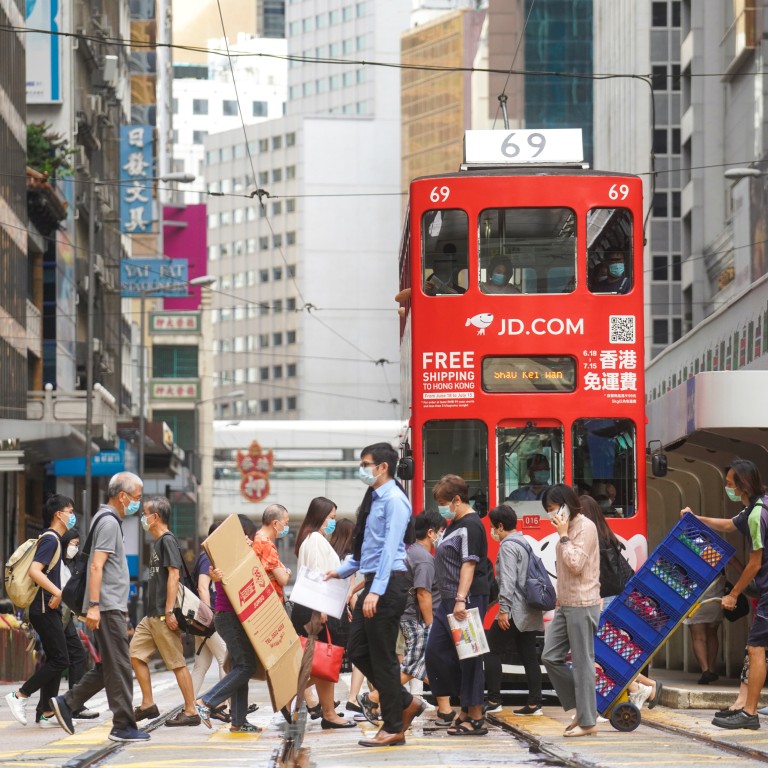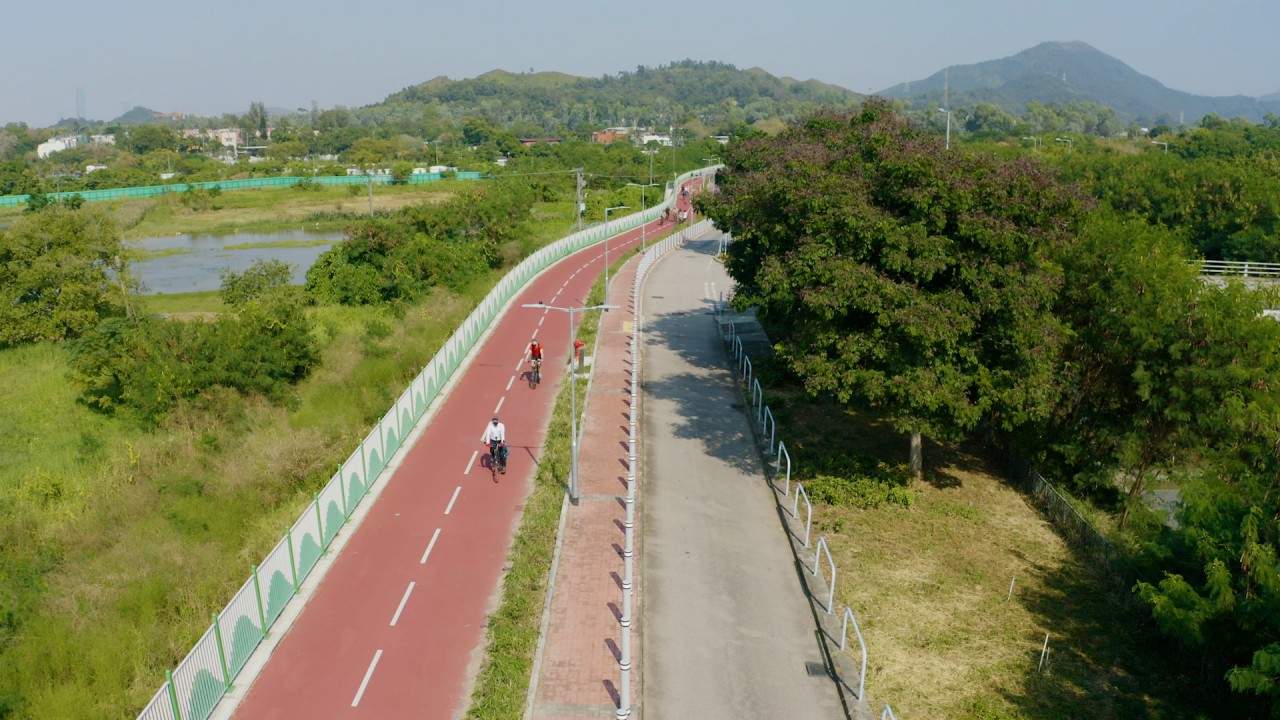
To build Hong Kong into a green, low-traffic city, think beyond technology
- If quality of life is to be improved and emissions cut, the city must have concrete plans to discourage private car ownership and create pedestrian-friendly neighbourhoods
- Examples in Europe, including financial hub London, offer ideas that are not restricted to technological solutions
If a city is a living organism, roads and rail are the arteries, and vehicles are the red blood cells that carry oxygen to every tissue. From New York’s gridiron to Paris’ radial concentric city plan, traffic infrastructure is synonymous with urban planning. Streets, bridges, tunnels and subways not only connect different areas within a city, but also define district sizes, neighbourhood blocks and building plots, as well as how we travel and relate to our surroundings.
Since December 2017, the government has published two editions of the Smart City Blueprint, with various hi-tech transport initiatives.
From a free-flow tolling system and an electronic road pricing pilot scheme, to traffic detectors, real-time adaptive traffic signal systems, trials of autonomous vehicles and a real-time parking app, some of the initiatives – if fully implemented – could help motorists avoid congestion, shorten travel times, and offer consumers convenience and data-centric solutions.

However, these smart initiatives mainly focus on technological enhancement of the existing road system. Beyond a slogan of “walk more, ride less”, there is no tangible proposal to reduce private car ownership. In the meantime, according to the Hong Kong Energy Policy Simulator, private cars are projected to increase to 840,000 by 2050.
Europeans have been advocating car-free cities for decades. Copenhagen has established the largest car-free zone on the continent with more than 320km of bike lanes. Madrid, Brussels, Oslo, Amsterdam and Ljubljana have restricted or banned cars from their city centres.
Milan, infamous for having the worst traffic congestion in Europe, is compensating people with transport vouchers if they do not drive to work. Parisians who sell their cars can claim benefits to purchase a bicycle, use a car-sharing service or buy a public transit pass. Some European cities are phasing out fossil-fuel cars or providing free public transport on high smog days.
As Bonnie Riva Ras of Goodnet.org wrote of the European car-free campaigns: “There doesn’t seem to be any downside as long as there is a corresponding increase in public transportation and bicycle paths.”
In addition, the 2020-21 budget made a commitment to green transport, including pilot schemes for electric minibuses and ferries. Buses powered by hydrogen fuel cells are to be tested.
Hong Kong is not Europe, of course. We are a high-octane international city with a much faster pace than most European cities, but we can take a page from the playbook of a fellow global financial hub.
Since 2020, London has created about 100 “low traffic neighbourhoods”, under a scheme which reduces through-traffic – vehicles simply passing through neighbourhoods – in residential areas by using road barriers. After the scheme was implemented in Lambeth in south London, there have been 25,000 fewer car journeys daily, and a 40 per cent increase in cycling, riding scooters and walking. London has also enjoyed a 94 per cent reduction in the number of people living in areas with illegal levels of nitrogen dioxide.
Similar pedestrian-friendly neighbourhoods are gaining traction around the world. Whether they are called a “green network” (like in Hamburg) or a “superblock” (in Barcelona), they share the same aspiration: to improve quality of life and reduce air pollution.
On the Transport Bureau website, Hong Kong’s new transport secretary says the bureau will endeavour to “promote ‘Smart Mobility’” and “foster a pedestrian-friendly environment”. However, we wouldn’t be able to accomplish these missions without making profound changes.
European cities did not go car-free overnight, but after years of trial and error, which sometimes involved collecting data and feedback before wider implementation. Along with the stick of car bans, cites also dangled the carrot of public transport incentives. Being smart is not necessarily being hi-tech, and perhaps the smartest idea could be found among low-tech solutions.
Dennis Lee is a Hong Kong-born, America-licensed architect with 22 years of design experience in the US and China



